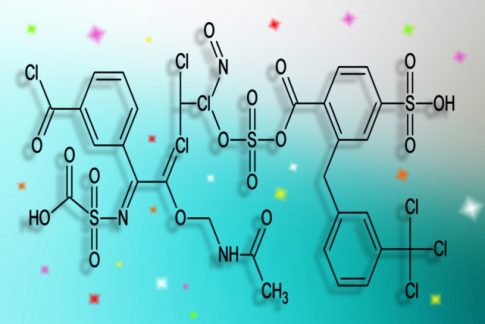I will explain the relationship between sulfotransferase (SULT) and minoxidil.
Role of sulfotransferase (SULT)
Sulfotransferase (SULT) is a type of enzyme that metabolizes compounds such as drugs and hormones in the body. Specifically, by adding a sulfate group to these compounds, they become more water-soluble, making them easier to excrete from the body.
Minoxidil metabolism
Minoxidil when used as a topical drug, it must be activated on the scalp. The effectiveness of minoxidil is dependent on its metabolite, minoxidil sulfate. Sulfotransferases (particularly SULT1A1) mediate this conversion.
Relationship between minoxidil and SULT1A1
- Metabolic activity:
- Minoxidil is converted to minoxidil sulfate by sulfotransferase (SULT1A1). This sulfation reaction is necessary for minoxidil to be effective [56†source].
- Individual differences:
- There are individual differences in the activity of SULT1A1, which may influence differences in the effectiveness of minoxidil. In people with low SULT1A1 activity, minoxidil may not be fully effective [57†source].
- Research results:
- Some studies have reported that people with high SULT1A1 activity respond better to minoxidil treatment. Conversely, if SULT1A1 activity is low, the effectiveness of minoxidil may be limited [57†source].
Practical application
- Genetic testing:
- Genetic testing for SULT1A1 may be performed to predict the effectiveness of minoxidil treatment. This test allows you to predict your response to minoxidil treatment and develop an appropriate treatment plan.
- Alternative treatment:
- If SULT1A1 activity is low, combining other treatments (such as finasteride or dutasteride) may increase the effect.
Summary
Sulfotransferase (SULT1A1) plays an important role in activating minoxidil. Because there are individual differences in the activity of SULT1A1, the effects of minoxidil also vary. Utilizing genetic testing to select the optimal treatment for each patient will lead to more effective AGA treatment.










